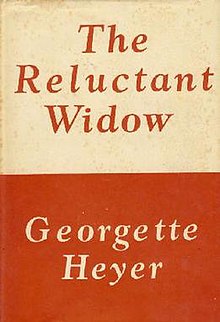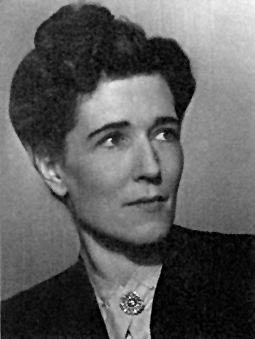
Georgette Heyer was an English novelist and short-story writer, in both the Regency romance and detective fiction genres. Her writing career began in 1921, when she turned a story conceived for her ailing younger brother into the novel The Black Moth. In 1925 Heyer married George Ronald Rougier, a mining engineer. The couple spent several years living in Tanganyika Territory and Macedonia before returning to England in 1929. After her novel These Old Shades became popular despite its release during the General Strike, Heyer determined that publicity was not necessary for good sales. For the rest of her life she refused to grant interviews, telling a friend: "My private life concerns no one but myself and my family."
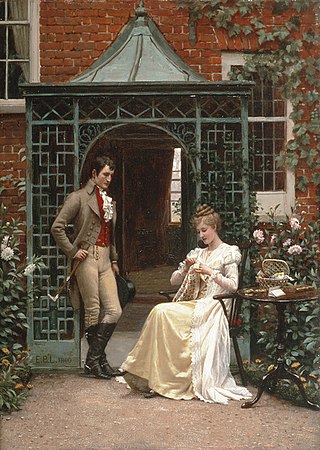
Regency romances are a subgenre of romance novels set during the period of the British Regency (1811–1820) or early 19th century. Rather than simply being versions of contemporary romance stories transported to a historical setting, Regency romances are a distinct genre with their own plot and stylistic conventions. These derive not so much from the 19th-century contemporary works of Jane Austen, but rather from Georgette Heyer, who wrote over two dozen novels set in the Regency starting in 1935 until her death in 1974, and from the fiction genre known as the novel of manners. In particular, the more traditional Regencies feature a great deal of intelligent, fast-paced dialogue between the protagonists and very little explicit sex or discussion of sex.

These Old Shades is a 1926 historical romance written by British novelist Georgette Heyer. The novel is set around 1755: Heyer refers to the Duke of Avon's participation in the 1745 uprising as ten years previous; in addition the Prince of Condé is said to be about 20 years old. However, she also refers to Madame de Pompadour as actively involved with Louis XV, whereas her relationship with the King ended at about 1750.
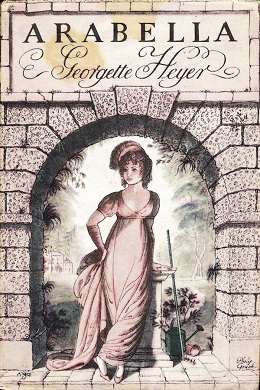
Arabella is a Regency romance novel written by Georgette Heyer. It records the plight of a relatively poor girl from the English gentry who captures the attention of a very wealthy man by claiming to be an heiress; although he disbelieves her, he is amused by her presumption and character. The story is set in the spring of 1817.
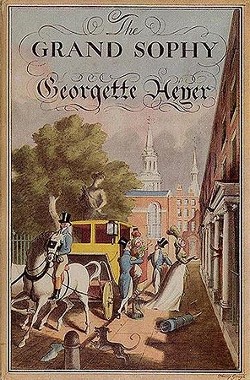
The Grand Sophy is a Regency romance novel by Georgette Heyer. It was first published in 1950 by Heinemann in the UK and Putnam in the U.S. Sales were brisk. Heinemann reported that in Australia it sold forty thousand copies in its first five months. There was also a Book Club edition in 1951.

The Foundling is a Regency romance novel written by Georgette Heyer and published by William Heinemann Ltd in 1948. It was also serialised in the Woman's Journal as "His Grace, the Duke of Sale", followed by a Book Club edition in 1949.
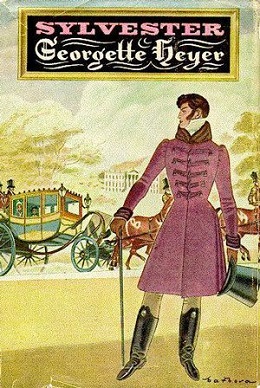
Sylvester, or the Wicked Uncle is a Regency romance novel by Georgette Heyer. First published by Heinemann, London and Putnam, New York in 1957, it is the story of intelligent and desperate Phoebe who ends up marrying the man she has run away from home to avoid, and whom she has caricatured as the villain in her novel. The book features gentle mockery of the Gothic novel genre and also features Heyer's characteristic strong heroine, with a desire for independence, who marries on her own terms. The story is set in 1817-1818.

Cotillion is Georgette Heyer's twelfth regency romance, published in the UK in January 1953 by Heinemann and in the U.S. in February 1953 by G. P. Putnam's Sons. '

April Lady is a Regency romance by Georgette Heyer, published in 1957 by Heinemann in the UK and by Putnam in the US. Previously serialised in the Woman's Journal as “My Lady Cardross”, the new novel was Heyer’s forty-fourth book and her fifteenth Regency novel.
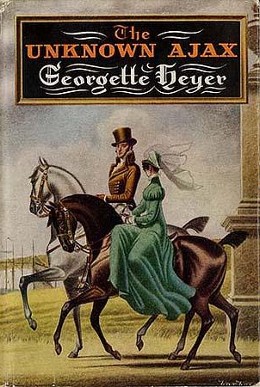
The Unknown Ajax is a Regency romance by Georgette Heyer, published in 1959 by Heinemann in the UK and in 1960 by Putnam in the US. It was her forty-seventh novel and the eighteenth set in Regency times.
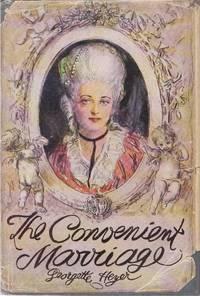
The Convenient Marriage is a Georgian romance novel by Georgette Heyer published in 1934. The novel is set in 1776 and concerns the relationship between Horatia Winwood and Lord Marcus Drelincourt. It is the first of several Heyer romances where the hero and heroine are married early in the novel, and the plot follows their path to mutual love and understanding. Later examples include Friday's Child and April Lady.

Faro's Daughter is a Georgian romance novel by Georgette Heyer that was first published in 1941 by Heinemann in the UK and in the US by Doubleday in 1942. The story's focus is on the misfortunes of an aunt and niece trying to run a gambling house for the upper classes.

Lady of Quality is the final Regency romance written by Georgette Heyer. Published in the UK by The Bodley Head in 1972, and by E. P. Dutton in the U. S., it was the last of her novels to be published during her lifetime.
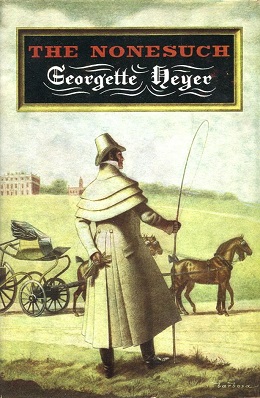
The Nonesuch is a Regency romance novel by Georgette Heyer. The story is set in 1816/1817.

A Civil Contract is a Regency era novel by Georgette Heyer, first published in October 1961 by Heinemann in the UK and in January 1962 by G. P. Putnam's Sons in the US. Set between 1814–1815, the story centres on a bankrupted viscount who reluctantly enters a marriage of convenience with a wealthy merchant's daughter. In this case the time is supported by a rich assortment of period detail.
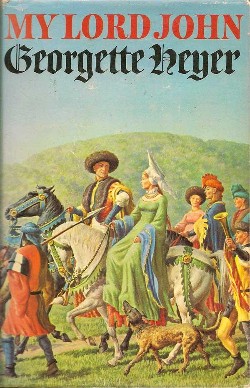
My Lord John is an unfinished historical fiction novel by the British author Georgette Heyer, published posthumously in 1975 after her death the previous year. It traces the early lives of the "young lordings" – Harry, Thomas, John, and Humfrey – all sons of the future Lancastrian king Henry IV of England. They grow up amidst turbulent events including the 1394 pestilence, the exile of their father by Richard II, the death of their powerful grandfather John of Gaunt, and the seizure of the throne by their father. John of Lancaster serves as the novel's main character.

The Reluctant Widow is a 1950 British historical drama film directed by Bernard Knowles and starring Jean Kent, Guy Rolfe, Paul Dupuis and Lana Morris. It is based on the 1946 novel The Reluctant Widow by Georgette Heyer, with the screenplay written by Gordon Wellesley and others. The screenplay concerns a governess who marries a British aristocrat, and inherits his country house when he dies. The ongoing Napoleonic Wars see her become embroiled with a spy ring.

Ann Herendeen is an American author of popular fiction. Herendeen's novels are notable for their queering of the traditional romance novel.
Jennifer Kloester is an Australian-born writer, particularly known for her work on Georgette Heyer.
